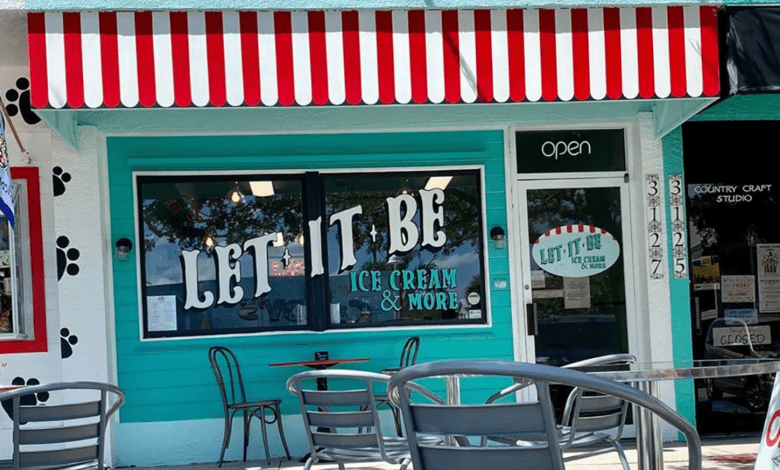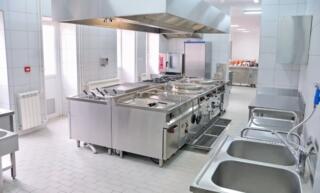
5-Step Strategy To Setup A Food Business
Starting a food business seems like a natural choice for many people. You want to serve others and give them great-tasting meals, just like the ones you enjoy.
However, making it happen can be a challenge. You don’t always know what you should do, and in which order.
That’s the topic we address in this article; here’s your strategy for setting up a winning food business.
Write Down Your Business Plan
Before you launch headlong into setting up your business, it helps to write down your business plan. This sets out precisely what you want to do and serves as a daily reminder to keep you on track.
Write down:
- The type of business you’ll set up
- The legal structure you’ll use
- Your mission
- Your target market
- Your menu and price range
- Your budget for getting everything set up
- Your staffing plans
Buy Your Equipment
The next step is to buy equipment. You’ll need things like commercial cookers, refrigerators, grills, blenders, and freezers. If you’re planning on setting up a restaurant, you’ll also need a bar.
Always make partnerships with commercial refrigeration services for the supply of units. In some cases, you may be able to take them on a lease, instead of having to buy outright. You’ll also want to have experts around who understand how to service your units if they break down, avoiding any loss of stock.
Get Your Team Together
The team you need depends on the type of food business you’re setting up. Restaurants are the most labor-intensive, followed by cafés and coffee shops. If you’re running an ice cream parlor, you may only need one staff member available at any given time.
Apply For Licenses And Permits
Getting the licenses and permits you need to operate legally can be cumbersome. Most local governments require licenses to sell food and permits to operate. Obviously, in the food business, these requirements are especially strict because of the risk of food poisoning and contamination. At the very least, you’ll need:
- A certificate of occupancy
- A employer identification number (EIN)
- A business license from the relevant state, city or county
- A tavern license if you want to sell liquor
Set Up Your Payment Systems
The next step is to set up your payments systems. You want it to be incredibly easy for customers to place orders with you and make payments.
If you’re running an online food business, your website platform will usually provide you with payment integration as standard. However, if you plan on operating a physical venue, you’ll need a POS machine so that customers can pay by card. Being able to tap and pay is great in bars where customers might not remember their PINs.
Wrapping Up
In summary, there’s no reason why you can’t build the food business of your dreams. Today, you have more tools at your disposal than at any other time in history. We hope the steps above will guide you to a successful business launch.




